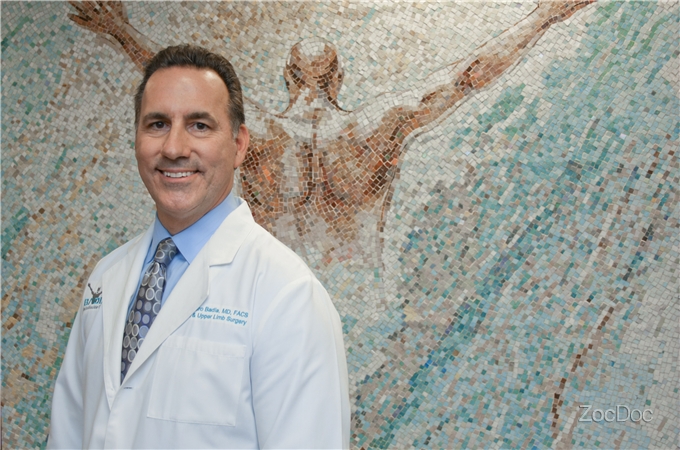
Most people know the “middleman” drives up the cost of everything, but few Americans see how a “middleman” in healthcare is contributing to spiraling costs.
The general public, and surprisingly many physicians, don’t know the Affordable Care Act requires insurance companies to spend at least 80 to 85 percent of their premium dollars on medical care.
The MLR or Medical Loss Ratio states if an insurer exceeds that profit in any year, they will fall out of compliance. Under the Affordable Care Act, the insurer is required to provide a rebate to their customers from the profits.
This sounds great in theory. But in reality, this mandate discourages insurance companies from looking for the most cost-effective solutions. It disincentives insurers from looking for areas to lower costs because if they lower costs and increase profits, they will fall out of compliance.
This mandate inserts yet another middleman into the healthcare system and clinicians in the trenches know this creates an impractical incentive to save money amongst private market health insurers.
Why MLR Mandate Disincentives Innovation and Cost Savings with Insurers
Here’s a more personal example that demonstrates how the MLR destroys innovation and doesn’t lower healthcare costs.
Months after the ACA was established, I launched a care model entitled OrthoNOW®. The goal was simple: provide initial orthopedic care at the right time, by the right clinician.
This meant avoiding expensive emergency rooms for the majority of orthopedic maladies, and the general urgent care center, where a primary care physician or mid-level provider historically doesn’t have the clinical expertise to diagnose most musculoskeletal issues.
In fact, many facilities do not have any diagnostic modalities, such as xray or ultrasound, to even appropriately assess these walk-in patients. As an upper limb specialist who typically sees patients that have made 2-3 visits before coming to me, I thought this would be a boom to our healthcare delivery process within our South Florida community. That did not turn out to be the case and even now there is apathy amongst the health insurance industry.
About the author
Orthopedic surgeon Alejandro Badia, MD, FACS is the founder of Badia Hand to Shoulder Center and OrthoNOW® – the first national network of orthopedic walk-in centers, powered by a digital health app and telehealth platform. Dr. Badia is also author of the health care book, Healthcare from the Trenches, which has become an international best seller among the health care sector.







